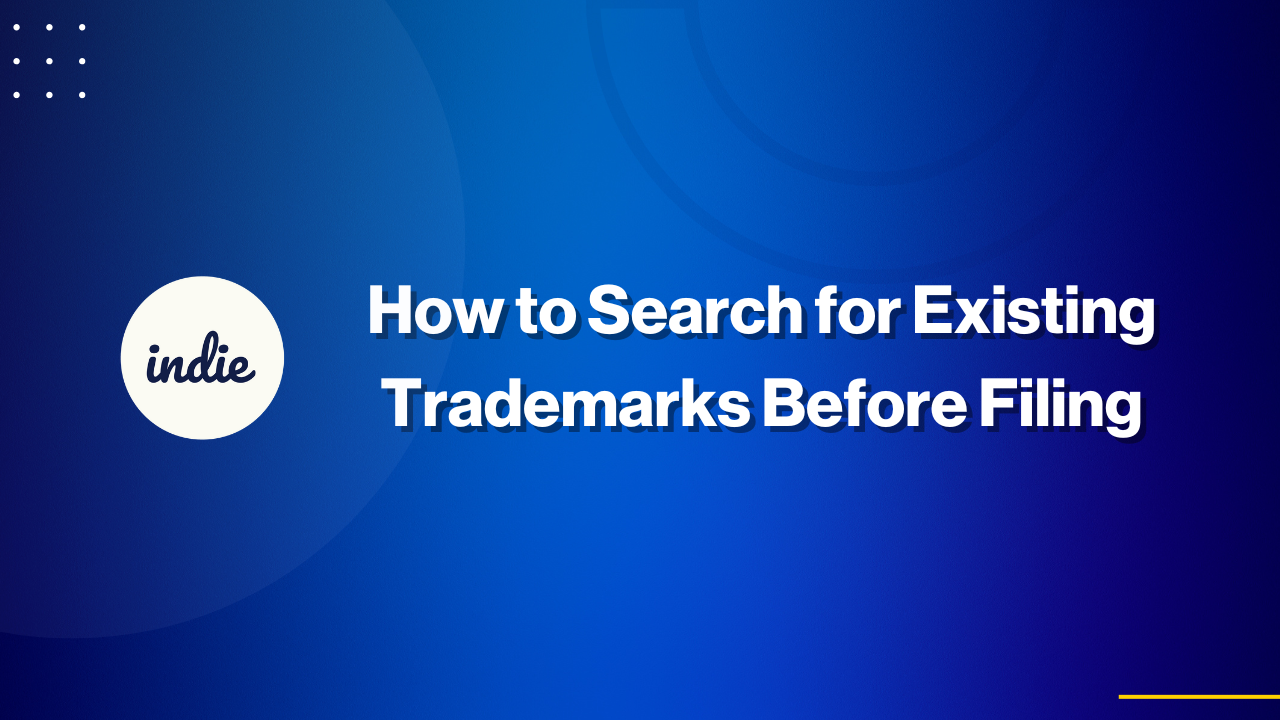Here’s a simple, step-by-step guide to help you do it right.
Why a Trademark Search Matters
Trademark rights are based on use—not just registration. That means someone else could already own the rights to a name or logo you want to use, even if you don’t see it on the USPTO’s website.
A trademark search helps you:
- Avoid lawsuits
- Save money on filing fees
- Protect your brand from confusion
- Increase your chances of registration
Step 1: Know What You’re Searching For
First, you need to clearly define what you want to protect. This could be:
- A business name
- A logo
- A slogan
- A product name
Make sure the spelling, format, and wording are exactly how you plan to use them.
Step 2: Use the USPTO’s TESS Database
The Trademark Electronic Search System (TESS) is the official government database of trademarks in the U.S.
How to Use TESS:
- Go to www.uspto.gov
- Click “Search our trademark database (TESS)”
- Choose “Basic Word Mark Search” or “Structured Search”
- Enter your proposed name or phrase
- Look for similar marks in the same or related industries
Pro Tip: Search for alternate spellings, synonyms, and phonetic matches. “Kwik Kleen” could conflict with “Quick Clean.”
Step 3: Search State Trademark Databases
Not all trademarks are registered at the federal level. Some businesses only register at the state level, especially local or small companies.
Where to Search:
- Your state’s Secretary of State website
- State business registries
This is important if you’re planning to operate regionally or want to avoid local conflicts.
Step 4: Check Domain Names and Social Media Handles
Even if no one has registered a trademark, someone may already be using your proposed name online.
Check:
- Domain name availability (use tools like GoDaddy or Namecheap)
- Instagram, Facebook, Twitter/X, TikTok, LinkedIn handles
- Google search results
A conflicting brand with a strong online presence could still create problems, even without a registered trademark.
Step 5: Use Advanced Search Tools (or Hire a Pro)
While TESS is helpful, it’s not perfect. That’s why many businesses hire a trademark attorney or use commercial search software for comprehensive trademark searches.
What These Tools Do:
- Search for similar sounding names
- Check for logos and images
- Review global trademarks (if you’re expanding internationally)
- Analyze legal risk levels
Step 6: Understand the “Likelihood of Confusion” Standard
The USPTO rejects applications if the new mark is likely to confuse consumers. This doesn’t mean it has to be identical‚Äîjust similar enough that customers could mix them up.
Key Factors:
- Similarity of names or logos
- Related goods or services
- Strength of the existing brand
- How the marks are marketed
Even small differences may not be enough if the two marks are used in the same industry.
Step 7: Consider International Trademarks
If you plan to sell your products or services outside the U.S., check for trademarks in other countries. Each country has its own rules and databases.
Where to Look:
- WIPO Global Brand Database: www.wipo.int/branddb
- National trademark offices (EUIPO, UKIPO, etc.)
Protecting your mark globally is smart if your business will grow internationally.
Step 8: Document Your Search
If you ever face a dispute, being able to show that you did a thorough trademark search can help your case. Keep notes, screenshots, or reports of your search process.
Step 9: Get a Legal Opinion
If you find something that looks close but you’re not sure if it‚Äôs a problem, talk to a trademark attorney. They can give you a legal clearance opinion‚Äîwhich is a professional assessment of whether your trademark is safe to use.
This step can save you thousands in legal fees later.
Final Thoughts
A trademark search isn’t just a formality—it’s your first line of defense against costly legal issues. By taking the time to research before you file, you can avoid overlapping with other brands and improve your chances of successful registration.
Protect your brand before you build it. Do the research, get expert help, and make sure your mark is uniquely yours.

